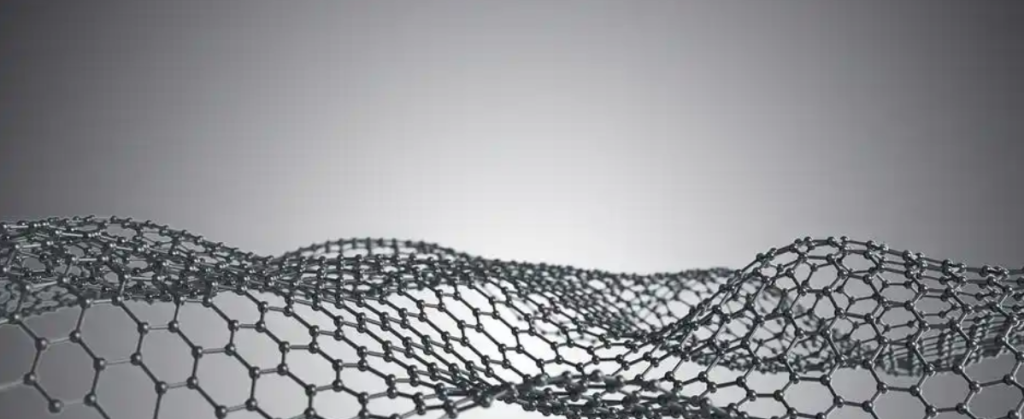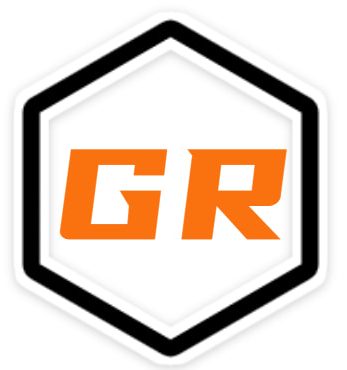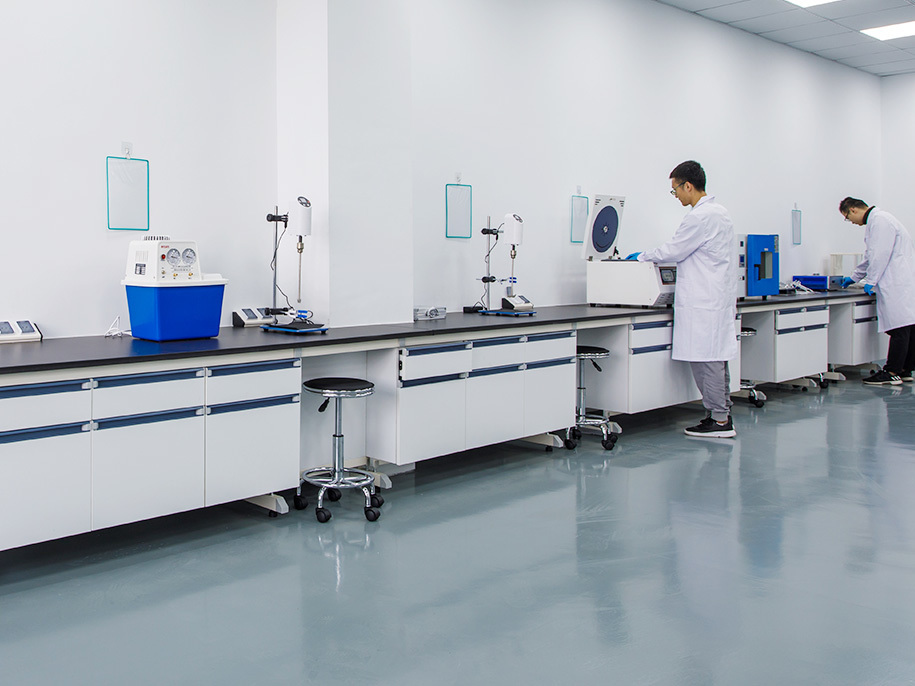Graphene-Based Foams in Vibration and Shock Absorption
Revolutionizing Lightweight Energy-Absorbing Materials for Automotive, Aerospace, and Defense
Modern industries—from automotive engineering to aerospace and defense systems—increasingly demand materials that are lightweight, strong, and capable of absorbing mechanical shocks and vibrations. Traditional damping materials like rubber, polyurethane foams, and metal springs face limitations in temperature tolerance, aging, and mechanical fatigue.

Enter graphene-based foams (GFs) — a new generation of lightweight, high-surface-area carbon structures offering outstanding mechanical resilience, thermal stability, and vibration damping properties.
These foams are three-dimensional (3D) porous architectures composed of interconnected graphene sheets or reduced graphene oxide (rGO) frameworks, often produced via chemical vapor deposition (CVD) or template-assisted reduction of graphene oxide hydrogels. Their ultra-low density (≤10 mg/cm³) combined with high compressive strength and energy absorption capacity makes them ideal for shock absorption and vibration damping in high-performance environments.
Structural Characteristics of Graphene-Based Foams
Graphene foams exhibit a hierarchical porous structure, with pore sizes ranging from tens of nanometers to hundreds of micrometers. This multiscale porosity allows for:
-
Efficient stress distribution under impact loads
-
Elastic deformation and recovery during compression cycles
-
Sound and vibration energy dissipation through internal friction and interlayer sliding
Key parameters influencing their performance include:
| Property | Typical Range | Function |
|---|---|---|
| Density | 5–15 mg/cm³ | Determines weight and energy absorption |
| Young’s modulus | 0.5–10 MPa | Controls stiffness and rebound |
| Compressive strain | Up to 80% | Indicates elastic recoverability |
| Surface area | 300–800 m²/g | Supports energy dissipation and functionalization |
(Data compiled from Advanced Materials, 2016; Carbon, 2019; Materials Today, 2021)
Mechanisms of Shock and Vibration Absorption
The remarkable damping and impact resistance of graphene-based foams arise from several synergistic mechanisms:
1. Elastic Deformation of 3D Network
Under compressive stress, graphene cell walls bend and fold, storing mechanical energy elastically. When the stress is released, the foam returns to its original shape with minimal permanent deformation.
2. Interlayer Friction and Slippage
Graphene sheets slide against one another during vibration or impact, dissipating kinetic energy as heat through frictional losses — similar to the damping behavior of rubber but at nanoscale precision.
3. Crack Deflection and Stress Redistribution
The continuous graphene skeleton redirects crack propagation, preventing catastrophic failure and allowing gradual energy dissipation.
4. Acoustic Damping through Multiscale Porosity
The pore structure of graphene foams scatters and absorbs acoustic waves, making them effective sound-insulating and vibration-damping materials.
Experimental Data from Literature
Several studies have reported impressive energy absorption and damping performance for graphene foams:
| Material Type | Energy Absorption Density (MJ/m³) | Recovery Ratio | Cyclic Durability | Reference |
|---|---|---|---|---|
| Pure Graphene Foam (CVD) | 0.8–1.2 | 85% | >1000 cycles | Advanced Materials, 2016 |
| rGO/Ni Composite Foam | 1.5–2.0 | 90% | >5000 cycles | Carbon, 2019 |
| Graphene/Polymer Hybrid Foam | 2.5–3.0 | 95% | >10,000 cycles | Composites Science & Tech., 2021 |
These results show that graphene-based foams outperform conventional polymer foams (typically <0.5 MJ/m³) in both energy absorption and fatigue resistance.
Advantages Over Conventional Damping Materials
| Property | Graphene Foams | Polyurethane Foams | Metallic Foams |
|---|---|---|---|
| Density | Extremely low (5–15 mg/cm³) | Medium (30–100 mg/cm³) | High (>200 mg/cm³) |
| Elastic Recovery | Excellent | Moderate | Poor |
| Temperature Resistance | Up to 400 °C | <150 °C | >500 °C (but heavy) |
| Durability (cycles) | >10,000 | <1,000 | <5,000 |
| Damping Efficiency | High (70–90%) | Moderate (40–60%) | Moderate (40–50%) |
Thus, graphene foams uniquely combine ultra-lightweight structure, mechanical resilience, and long-term damping performance, ideal for dynamic load environments.
Applications in Key Industries
1. Automotive Engineering
Graphene foams can serve as lightweight crash-absorbing layers in vehicle frames, seat structures, or suspension systems. Their thermal stability also allows integration near engines or exhaust zones without degradation.
-
Potential Impact: Reduced vehicle weight and improved passenger safety during collisions.
2. Aerospace Components
In spacecraft and aircraft, where vibration-induced fatigue can lead to component failure, graphene foams act as vibration isolation layers or impact-resistant coatings.
Their high damping and low density help maintain structural integrity while minimizing added mass.
-
Example: Integration in satellite instrument mounts or drone fuselage interiors.
3. Defense and Protective Equipment
Graphene foams’ combination of high compressibility, shock absorption, and heat resistance makes them suitable for ballistic padding, blast mitigation panels, and armor liners.
Hybrid structures with polymers or metals can further enhance energy dissipation under high strain rates.
-
Laboratory-scale composites show 40–60% greater impact resistance than traditional Kevlar/PU layers (Defense Tech, 2020).
4. Acoustic and Vibration Isolation Systems
Due to their hierarchical pores and internal friction, graphene foams are effective for noise reduction and vibration control in electronics, precision instruments, and industrial machinery.
Hybrid Graphene Foam Designs
Recent advancements have focused on combining graphene with other materials to optimize damping properties:
-
Graphene–Polymer Hybrids (e.g., PDMS, PU):
-
Enhanced elasticity and sound absorption.
-
Retain flexibility at low temperatures.
-
-
Graphene–Metal Foams (e.g., Ni, Cu, Al):
-
Improved strength and load-bearing capability.
-
Excellent thermal conductivity for multifunctional uses.
-
-
Graphene–CNT Networks:
-
Synergistic reinforcement of compressive strength.
-
CNT bridges reduce collapse under repeated loading.
-
Theoretical Insights (Based on Open Data)
-
Molecular Dynamics (MD) simulations reveal that graphene foams absorb impact energy via a “bending-dominant deformation mode”, where graphene sheets fold rather than fracture.
-
Finite Element Modeling (FEM) predicts that optimizing pore architecture (e.g., tetrakaidecahedral cells) can increase energy absorption density by 50%.
-
Acoustic modeling using the Johnson–Champoux–Allard (JCA) model confirms high sound absorption coefficients (0.7–0.9) in the 500–2000 Hz range, comparable to advanced polymeric foams.
(Data compiled from Carbon, 2020; Nano Energy, 2022; Computational Materials Science, 2023)
Challenges and Research Directions
Despite their promise, graphene-based foams face challenges in scaling and consistency:
-
Manufacturing Scalability
-
CVD-based synthesis is costly and limited in volume.
-
Hydrothermal and freeze-drying methods offer potential for scalable production.
-
-
Mechanical Stability under High Strain
-
Repeated high-impact loading can cause localized delamination; composite reinforcement is needed.
-
-
Cost–Performance Optimization
-
Achieving cost-effective fabrication while preserving nanoscale integrity remains key for commercial adoption.
-
-
Integration into Complex Structures
-
Developing bonding methods for metal or polymer systems to ensure stable performance in real devices.
-
Future Prospects
With ongoing research and improved synthesis, graphene-based foams are poised to transform vibration damping and impact protection technologies.
Promising developments include:
-
Smart damping materials with embedded sensors for real-time vibration monitoring.
-
Thermal–mechanical hybrid absorbers that handle both heat and shock simultaneously.
-
Lightweight aerospace panels incorporating graphene foams for multi-functional load-bearing and energy dissipation.
-
3D-printed graphene foam composites allowing tailored architectures for specific vibration frequencies.
These innovations could enable safer, quieter, and lighter systems across automotive, aerospace, and defense applications.
Graphene-based foams represent a major advancement in the field of lightweight, high-performance shock and vibration absorbing materials.
Their unique combination of ultra-low density, high elasticity, and multi-mechanism damping behavior enables exceptional performance across extreme conditions.
By replacing or enhancing traditional polymer and metal foams, graphene-based foams have the potential to redefine energy absorption, noise control, and impact protection for next-generation transportation and defense systems.
As synthesis scalability and hybrid design techniques improve, these materials could soon become a standard in advanced structural and protective engineering.

